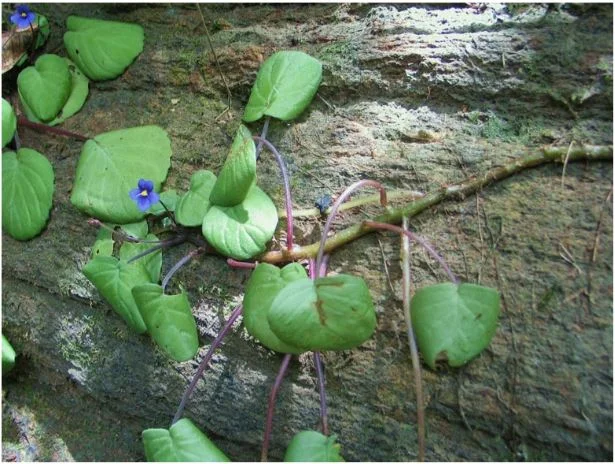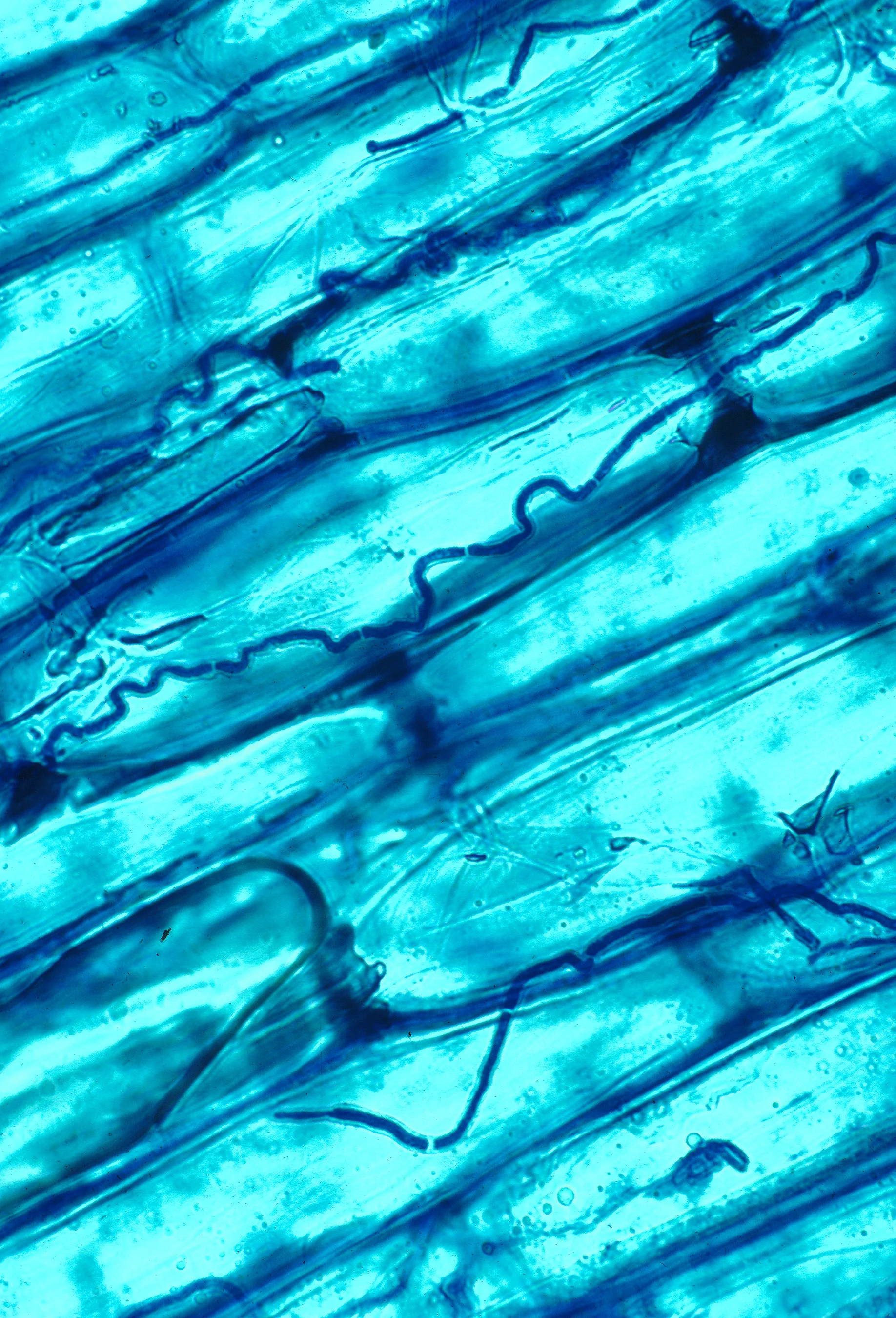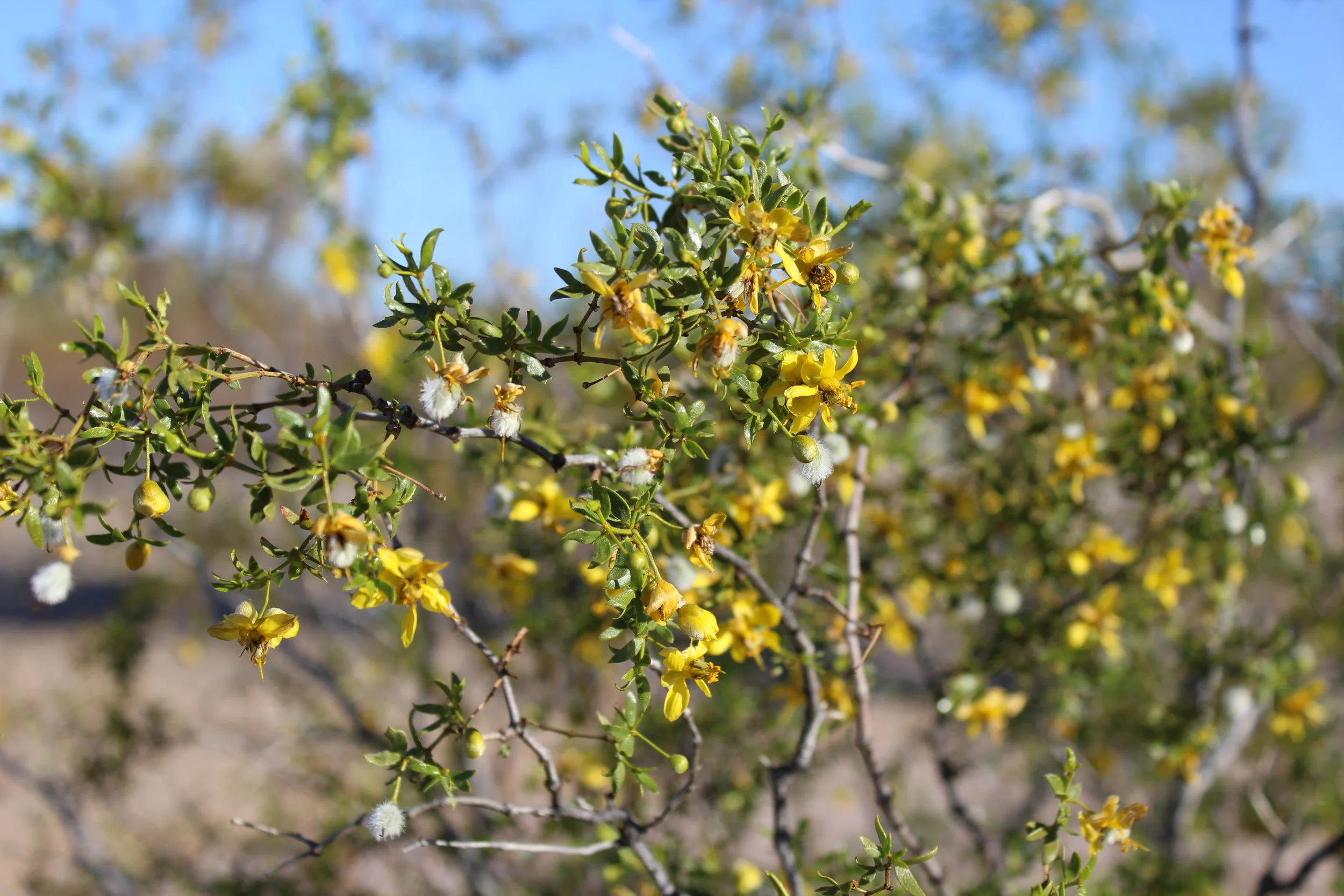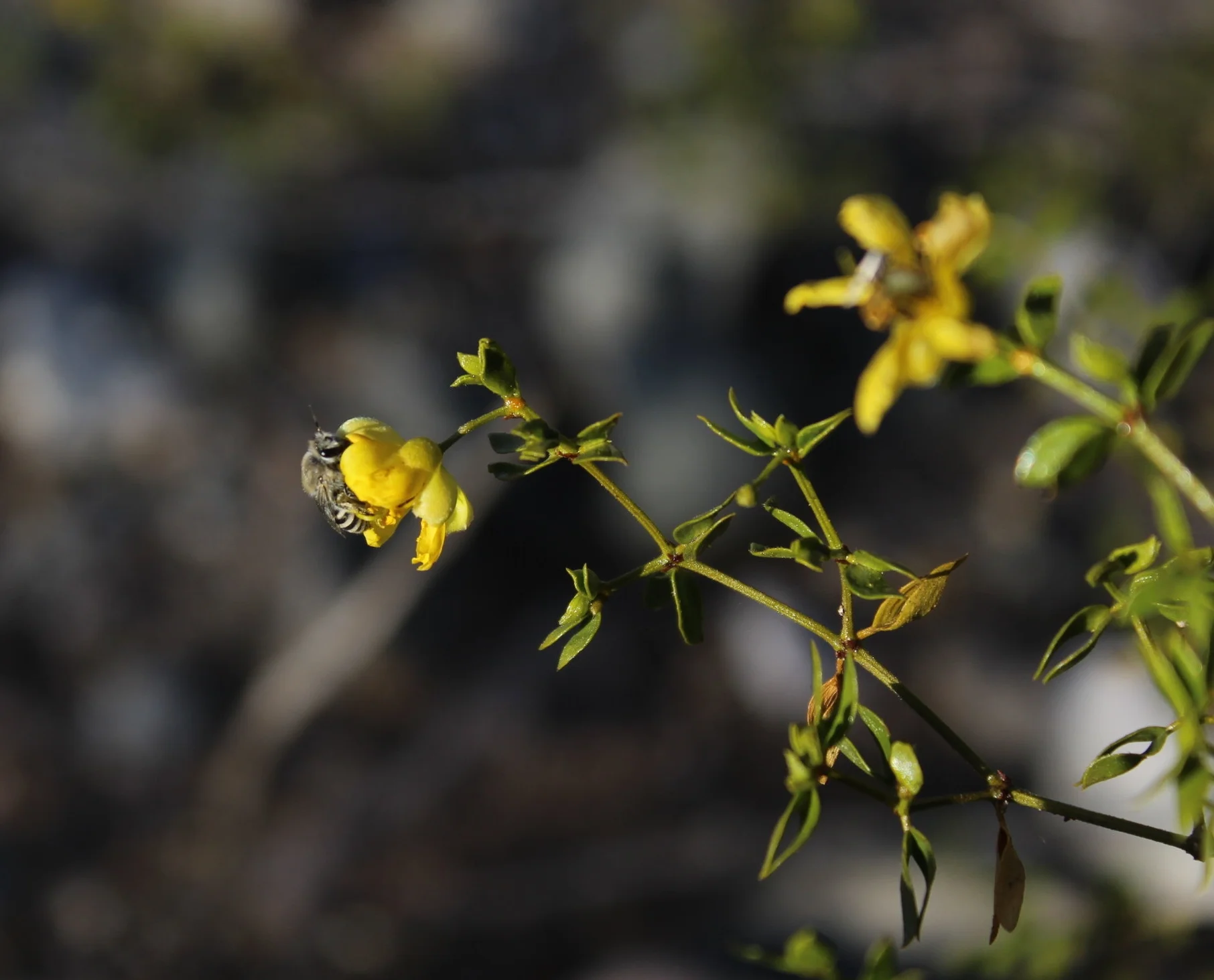The forests of the Pacific Northwest are known for the grandeur. This region is home to one of the greatest temperate rainforests in the world. A hiker is both dwarfed and enveloped by greenery as soon as they hit the trail. One aspect of these forests that is readily apparent are the carpets of epiphytes that drape limbs and branches all the way up into the canopy. Their arboreal lifestyle is made possible by a combination of mild winters and plenty of precipitation.
We are frequently taught that the relationship between trees and their epiphytes are commensal - the epiphytes get a place to live and the trees are no worse for wear. However, there are a handful of trees native to the Pacific Northwest that are changing the way we think about the relationship between these organisms in temperate rainforests.
Though conifers dominate the Pacific Northwest landscape, plenty of broad leaved tree species abound. One of the most easily recognizable is the bigleaf maple (Acer macrophyllum). Both its common and scientific names hint at its most distinguishing feature, its large leaves. Another striking feature of this tree are its epiphyte communities. Indeed, along with the vine maple (A. circinatum), these two tree species carry the greatest epiphyte to shoot biomass ratio in the entire forest. Numerous species of moss, liverworts, lichens, and ferns have been found growing on the bark and branches of these two species.
Epiphyte loads are pretty intense. One study found that the average epiphyte crop of a bigleaf maple weighs around 78 lbs. (35.5 Kg). That is a lot of biomass living in the canopy! The trees seem just fine despite all of that extra weight. In fact, the relationship between bigleaf and vine maples and their epiphyte communities run far deeper than commensalism. Evidence accumulated over the last few decades has revealed that these maples are benefiting greatly from their epiphytic adornments.
Rainforests, both tropical and temperate, generally grow on poor soils. Lots of rain and plenty of biodiversity means that soils are quickly leached of valuable nutrients. Any boost a plant can get from its environment will have serious benefits for growth and survival. This is where the epiphytes come in. The richly textured mix of epiphytic plants greatly increase the surface area of any branch they live on. And all of that added surface area equates to more nooks and crannies for water and dust to get caught and accumulate.
Photo by SuperFantastic licensed under CC BY 2.0
When researchers investigated just how much of a nutrient load gets incorporated into these epiphyte communities, the results painted quite an impressive picture. On a single bigleaf maple, epiphyte leaf biomass was 4 times that of the host tree despite comprising less than 2% of the tree's above ground weight. All of that biomass equates to a massive canopy nutrient pool rich in nitrogen, phosphorus, potassium, calcium, magnesium, and sodium. Much of these nutrients arrive in the form of dust-sized soil particles blowing around on the breeze. What's more, epiphytes act like sponges, soaking up and holding onto precious water well into the dry summer months.
Now its reasonable to think that nutrients and water tied up in epiphyte biomass would be unavailable to trees. Indeed, for many species, epiphytes may slow the rate at which nutrients fall to and enter into the soil. However, trees like bigleaf and vine maples appear to be tapping into these nutrient and water-rich epiphyte mats.
A subcanopy of vine maple (Acer circinatum) draped in epiphytes.
Both bigleaf and vine maples (as well as a handful of other tree species) are capable of producing canopy roots. Wherever the epiphyte load is thick enough, bundles of cells just under the bark awaken and begin growing roots. This is a common phenomenon in the tropics, however, the canopy roots of these temperate trees differ in that they are indistinguishable in form and function from subterranean roots.
Canopy roots significantly increase the amount of foraging an individual tree can do for precious water and nutrients. Additionally, it has been found that canopy roots of the bigleaf maple even go as far as to partner with mycorrhizal fungi, thus unlocking even more potential for nutrient and water gain. In the absence of soil nutrient and water pools, a small handful of trees in the Pacific Northwest have unlocked a massive pool of nutrients located above us in the canopy. Amazingly, it has been estimated that mature bigleaf and vine maples with well developed epiphyte communities may actually gain a substantial fraction of their water and nutrient needs via their canopy roots.
Photo Credits: [2]
Further Reading: [1] [2] [3] [4] [5]







![Saintpaulia intermedia [source]](https://images.squarespace-cdn.com/content/v1/544591e6e4b0135285aeb5b6/1534796840068-JU8QYYE0NL5913H8O2C2/saintpaulia+intermedia.jpg)


























































